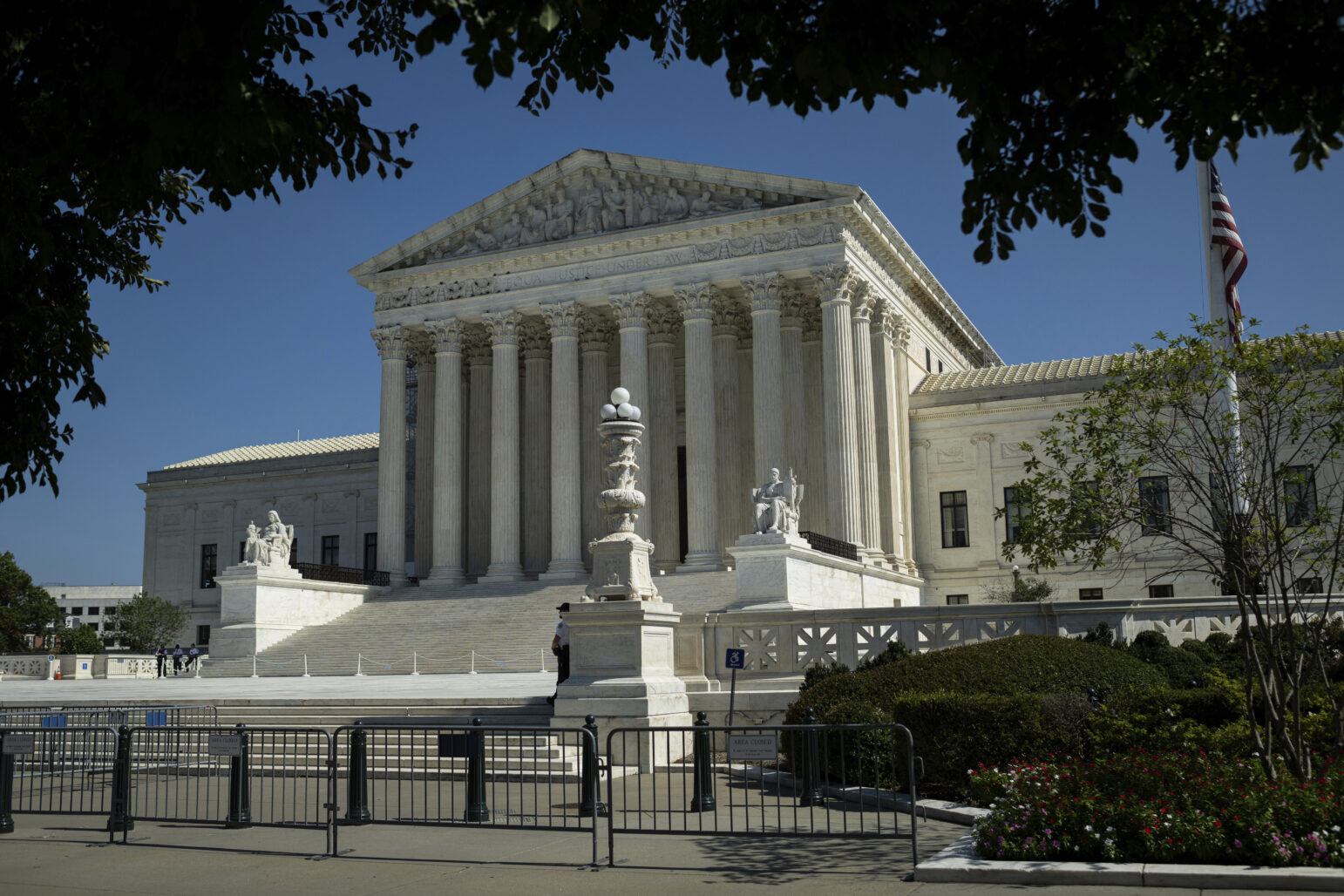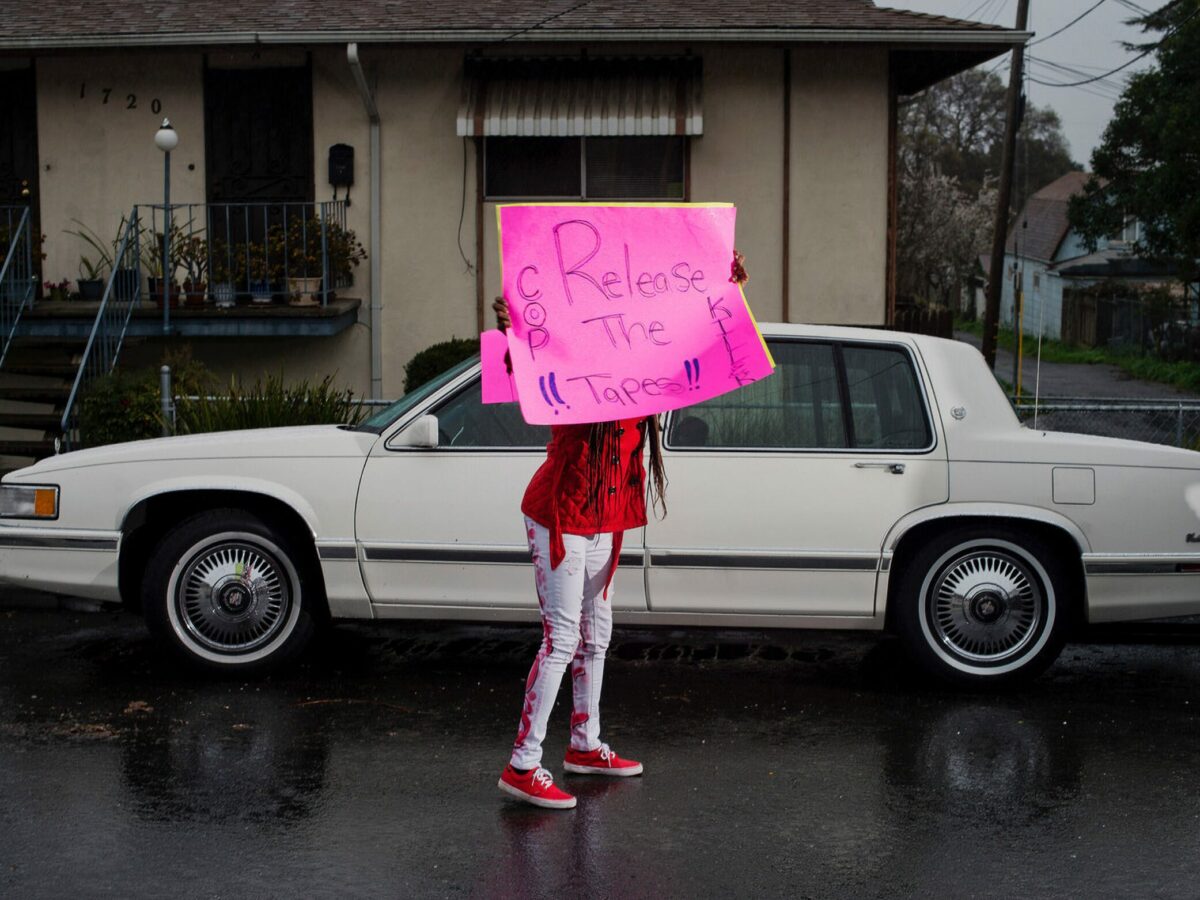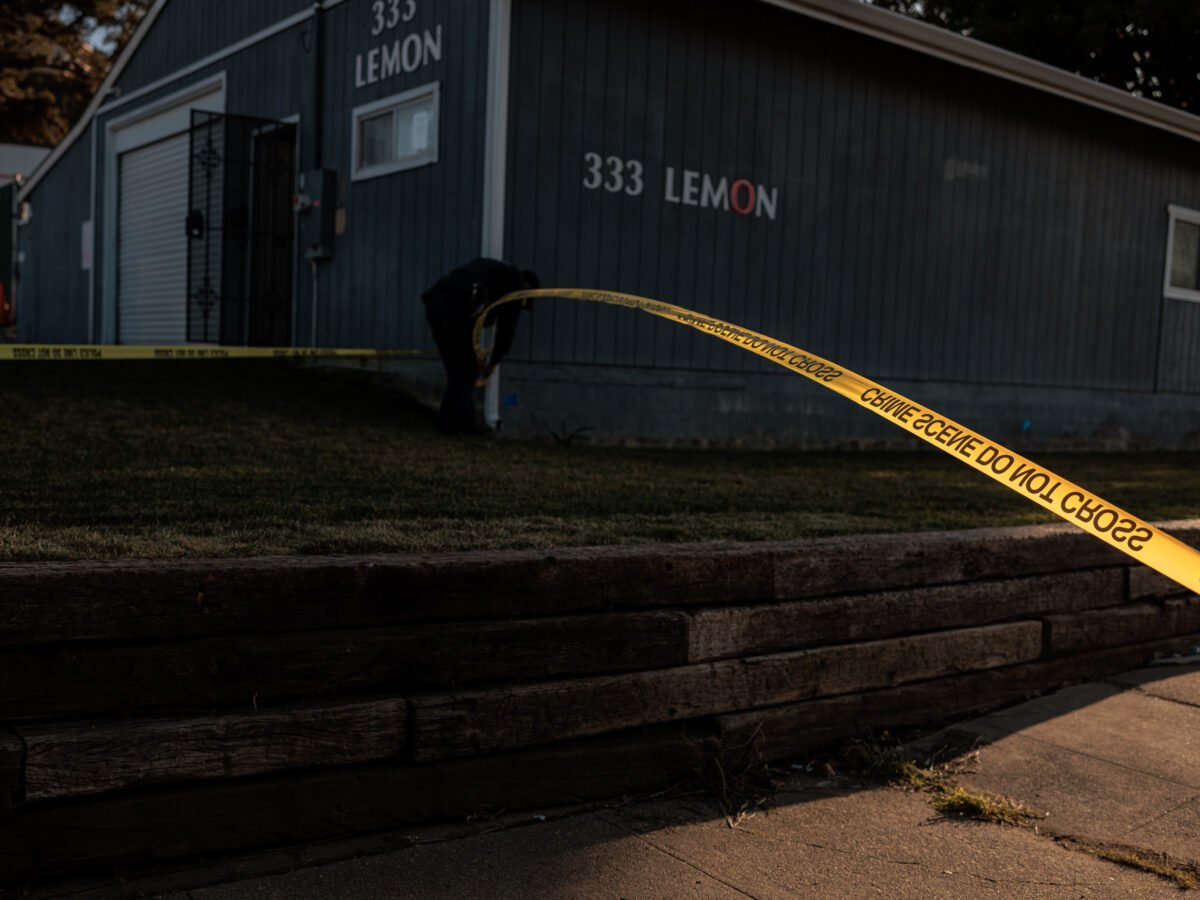
A unanimous U.S. Supreme Court shifted a contentious legal standard in favor of civil rights plaintiffs Thursday.
In April 2016, Ashtian Barnes was driving a rental car when he was pulled over for unpaid tolls in Houston, Texas. When Barnes allegedly attempted to flee, Ofc. Roberto Felix Jr. jumped onto his moving vehicle and fired two shots, according to court records. Barnes died at the scene.
Barnes’ family filed a civil rights lawsuit alleging that Felix used excessive force. The district court granted summary judgment to Felix under a narrow interpretation of the Fourth Amendment known as the “moment of threat” rule. The rule, adopted by the U.S. Court of Appeals for the Fifth Circuit, limited the analysis of whether the shooting was reasonable to the roughly two seconds that Barnes’ car was in motion with Felix on board. The appellate court affirmed the lower court’s ruling.
The Supreme Court ruled Thursday that the narrow examination of Barnes and Felix’s encounter prevented the district court from examining all of the circumstances leading up to the shooting. Writing for the unanimous court, Associate Justice Elena Kagan likened the “moment of threat” rule to putting on “chronological blinders,” preventing courts from examining use-of-force cases with a context-sensitive approach.
U.S. appellate courts had been divided on the “moment of threat” doctrine, with only four of the nation’s 13 circuit courts of appeal actively applying it, Barnes’ attorneys noted in a legal filing.
The Supreme Court’s decision requires the Fifth Circuit to reexamine Barnes’ case under the broader standard set forth in its opinion. However, the justices chose not to opine on the issue of how an officer’s own actions might create a dangerous scenario.
“While the situation at the precise time of the shooting will often matter most, earlier facts and circumstances may bear on how a reasonable officer would have understood and responded to later ones,” Kagan wrote.
While the Supreme Court clarified the federal constitutional standard under which courts assess lethal force, additional protections exist in state law. In 2019, Gov. Gavin Newsom signed Assembly Bill 392, restricting police uses of deadly force as a matter of California law.
AB 392 established that police may be justified in using deadly force if, depending on the “totality of circumstances,” they reasonably believe a suspect poses an immediate threat to the officer or others, and the use of force is necessary. The legislation also requires that law enforcement officers “evaluate each situation in light of the particular circumstances of each case,” and use “other available resources and techniques if reasonably safe and feasible.”




